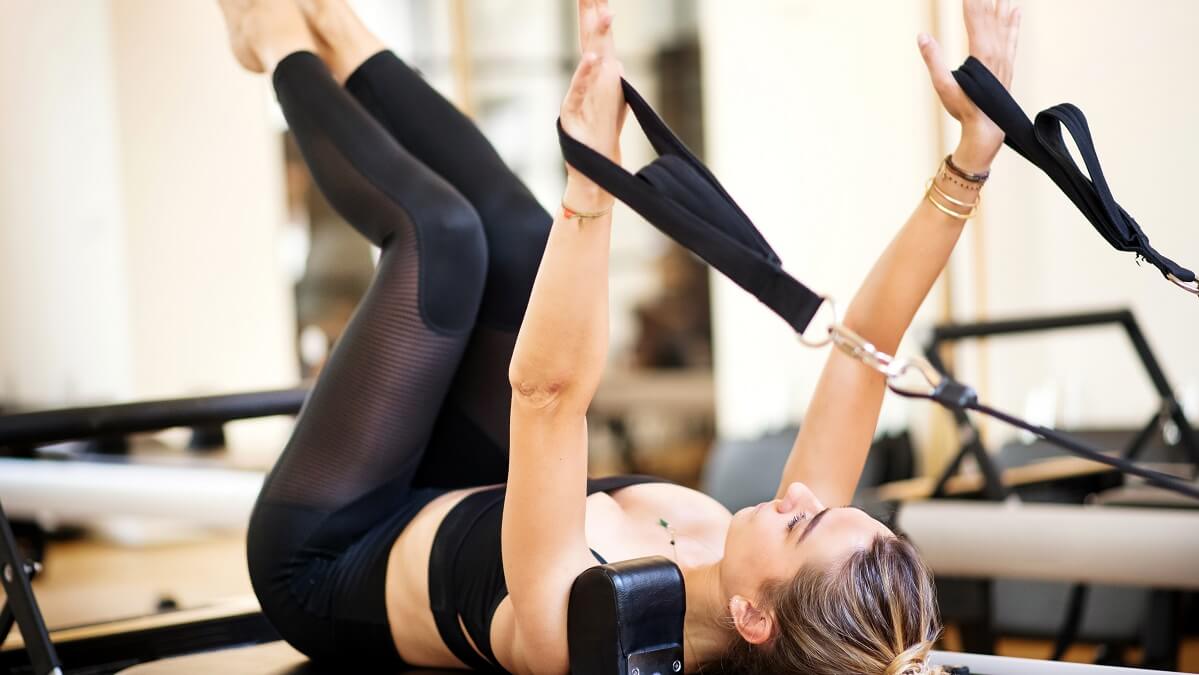You may have heard of the benefits of Reformer Pilates, but how does Pilates on a reformer machine actually help?
Reformer Pilates in a clinical setting has been predominantly used in rehabilitation for those with back pain or stiffness. A range of challenging exercises can be performed to safely build strength and endurance through core muscle groups. Often, these exercises provide relief in the short term and have been shown to assist in long-term management and prevention.
Reformer Pilates uses the principles of mat-based Pilates including core strength, breathing and flexibility. However, it involves a traditional, versatile piece of equipment that allows for a variety of safe but challenging exercises.
Read: How to reset your sleep for spring
While it may appear intimidating, a Pilates reformer is essentially a bed with springs for varied resistance, a sliding carriage, ropes and pulleys. Some may sit flat on the floor, while others may be slightly elevated.
With up to five springs on many reformers, when all are combined, it can add considerable resistance. Conversely, depending on the exercise, having fewer – or zero – springs can be even more challenging, forcing muscles to stabilise the core.
From a rehabilitation perspective, reformer Pilates allows people to exercise safely without weight-bearing through their lower limbs.
Read: Why strength training is critical
For example, I regularly use the Pilates reformer as part of rehabilitation for patients following hip or knee surgery. By lying down and adjusting the springs, the reformer provides a safe way to strengthen the leg muscles with a large range of motion, using a resistance less than their body weight. Early strengthening and mobility provides a safe and speedier recovery.
Exercises can be performed on a reformer in a standing, lying or kneeling position. Sometimes exercises even involve a combination. As the bed can be moved using your arms or legs (sometimes both), the reformer can be used to target certain areas or enable a total body exercise.
Spinal pain sufferers can benefit greatly using reformer Pilates. A range of challenging exercises can be performed to help build strength and endurance through core muscle groups. In addition to relieving pain, these exercises are often used in the prevention of chronic low back pain.
A supervised and safe reformer exercise program should be developed in conjunction with your health professional. Unfortunately, like all exercise programs, there is no ‘one size fits all’ method. Remember, all exercise programs should be developed while considering your exercise history, current medical history and past medical issues.
Jason Lee, APAM, B. Physiotherapy, Malvern East Physiotherapy
If you have a question for Jason, email it to [email protected]

